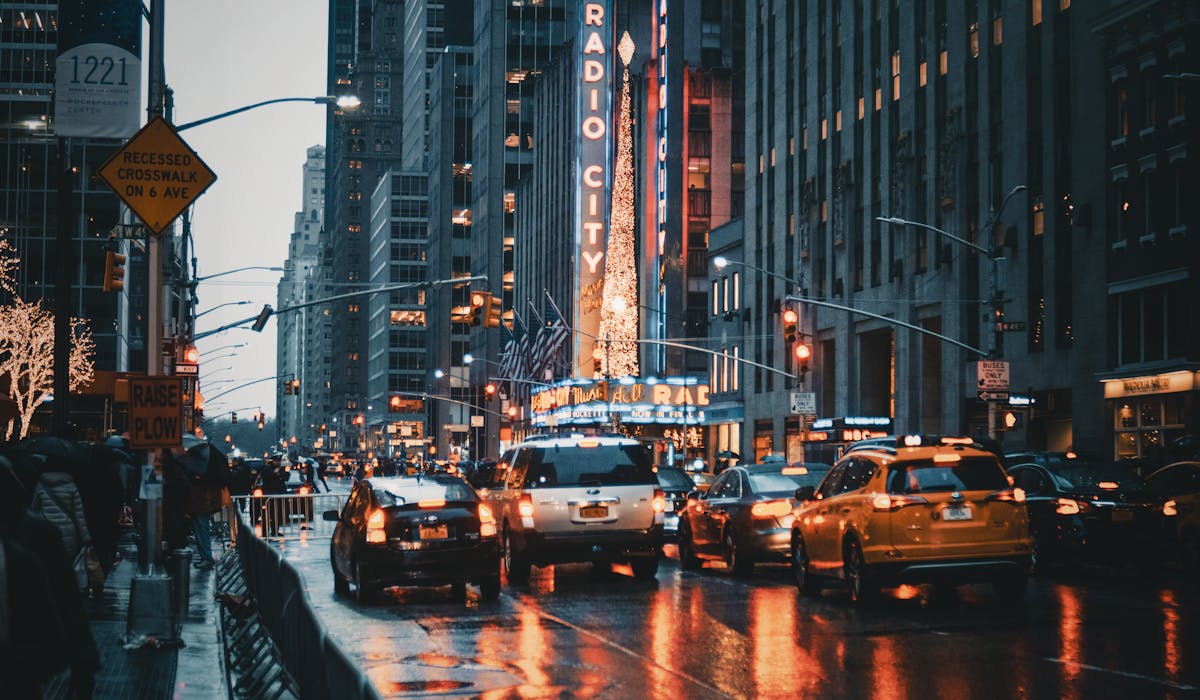The 10-Minute Rule for Framing Streets
The 10-Minute Rule for Framing Streets
Blog Article
Some Of Framing Streets
Table of ContentsThe smart Trick of Framing Streets That Nobody is DiscussingThe Facts About Framing Streets UncoveredGetting The Framing Streets To WorkThe Of Framing StreetsEverything about Framing StreetsThe Ultimate Guide To Framing Streets
, normally with the objective of recording images at a crucial or touching minute by cautious framing and timing. https://giphy.com/channel/framingstreets1.
Consequently his boots and legs were well specified, yet he is without body or head, because these remained in motion." Charles Ngre, waterseller Charles Ngre. https://www.flickr.com/people/199855997@N03/ was the very first digital photographer to achieve the technological elegance needed to sign up people in motion on the road in Paris in 1851. Photographer John Thomson, a Scotsman functioning with reporter and social lobbyist Adolphe Smith, published Road Life in London in twelve regular monthly installments beginning in February 1877
What Does Framing Streets Mean?
Eugene Atget is concerned as a progenitor, not since he was the very first of his kind, however as a result of the popularisation in the late 1920s of his record of Parisian streets by Berenice Abbott, who was influenced to carry out a comparable documentation of New york city City. [] As the city established, Atget assisted to advertise Parisian roads as a worthwhile topic for digital photography.

Get This Report on Framing Streets
Martin is the initial taped photographer to do so in London with a masked electronic camera. Mass-Observation was a social research organisation established in 1937 which intended to record daily life in Britain and to tape the responses of the 'man-in-the-street' to King Edward VIII's abdication in 1936 to marry divorce Wallis Simpson, and the succession of George VI. The principal Mass-Observationists were anthropologist Tom Harrisson in Bolton and poet Charles Madge in London, and their initial report was created as the publication "May the Twelfth: Mass-Observation Day-Surveys 1937 by over 2 hundred observers" [] Home window cleaner at Kottbusser Tor, Berlin, by Elsa Thiemann c. 1946 The post-war French Humanist College professional photographers discovered their topics on the street or in the restaurant. In between 1946 and 1957 Le Groupe des XV yearly showed work of this kind. Andre Kertesz. Circus, Budapest, 19 May 1920 Road photography created the major web content of two exhibits at the Gallery of Modern Art (Mo, MA) in New york city curated by Edward Steichen, Five French Photographers: Brassai; Cartier-Bresson, Doisneau, Ronis, Izis in 1951 to 1952, and Post-war European Photography in 1953, which exported the concept of street digital photography internationally.
Framing Streets Fundamentals Explained
, after that an educator of young youngsters, associated with Evans in 193839.'s 1958 publication,, was substantial; raw and commonly out of focus, Frank's pictures questioned mainstream photography of the time, "challenged all the formal guidelines laid down by Henri Cartier-Bresson and Walker Evans" and "flew in the face of the wholesome pictorialism and genuine photojournalism of American magazines like LIFE and Time".
Report this page